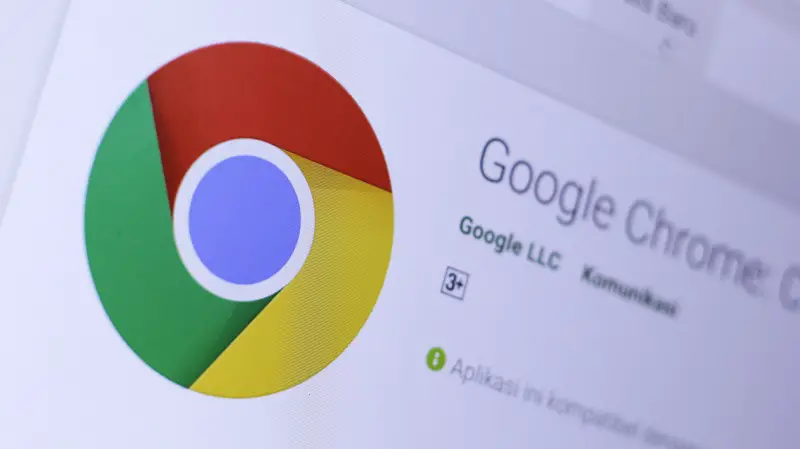How to Open a Success Page After a Chrome Extension is Installed

Greetings, fellow developers! Are you looking to enhance user engagement right from the moment your Chrome extension is installed? Opening a ‘Help’ or welcome page post-installation can significantly improve user experience by providing immediate support and guidance. This step-by-step guide will walk you through the process of implementing this feature within your extension’s code.
Understanding the Basics
Chrome extensions are powerful tools that can modify and enhance the browsing experience. Engaging users immediately after installation is crucial for retention and providing them with a ‘Help’ page can set a solid foundation for their journey with your extension.
Implementing the Post-Install Page Logic
To open a ‘Help’ page or any other webpage after your Chrome extension installs, you can use the chrome.runtime.onInstalled event. This event is triggered when the extension is installed, updated, or when Chrome is updated.
Here’s a basic example of how to use this in your extension’s background script:
chrome.runtime.onInstalled.addListener(function(details){
if(details.reason == "install"){
chrome.tabs.create({url: "https://yourwebsite.com/help-page"})
}
});In this code snippet, we’re listening for the onInstalled event, and if the reason is “install” (meaning the extension has just been installed), we create a new tab with the URL to your ‘Help’ page.
Best Practices for a Smooth User Experience
- Ensure Relevance: Your ‘Help’ page should be directly relevant to the extension’s functionality, offering users a quick start guide, FAQs, or troubleshooting tips.
- Keep It Light: Avoid overwhelming your users with too much information at once. A well-designed, concise ‘Help’ page is more effective.
- Update Regularly: Keep your ‘Help’ page updated with the latest information to ensure continued support for your users.
Leveraging Tools for Better Development
As developers, having the right tools at our disposal can significantly streamline our workflow. For instance, consider using our JSON Formatter to beautify and inspect your extension’s manifest.json and other JSON files with ease.
If your extension involves working with webpages or IP addresses, integrating functionality from tools like IP to Location can offer users enriched experiences by customizing content based on their geographical location.
Conclusion
Opening a ‘Help’ page after your Chrome extension installs is a fantastic way to immediately engage users and provide them with valuable resources. By following the steps outlined above, you can implement this feature in your extension, ensuring a positive user experience right from the start.
Remember, the key to a successful extension is not just in its functionality but also in how it supports and guides its users. Happy coding!